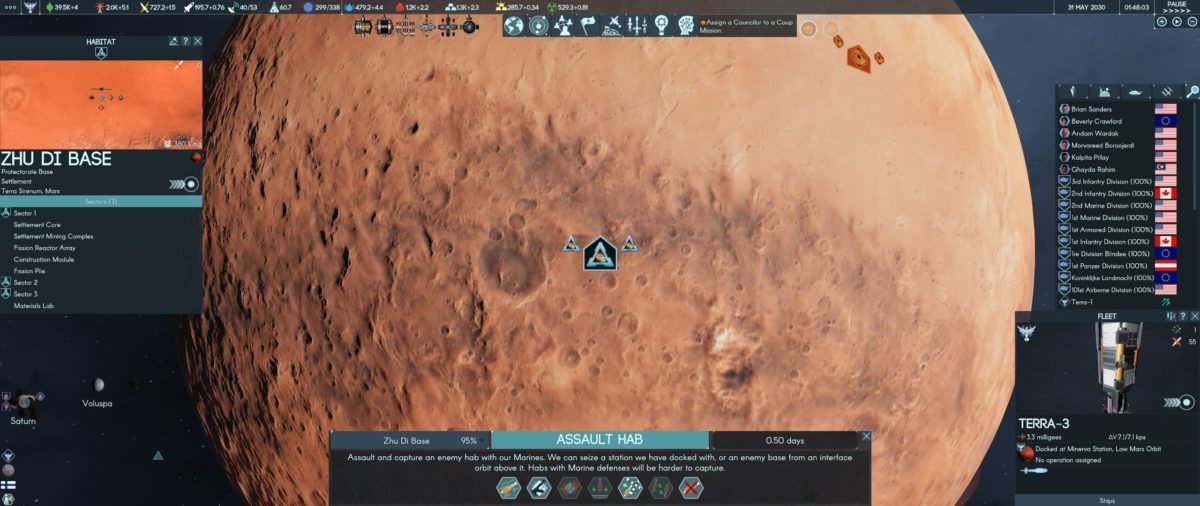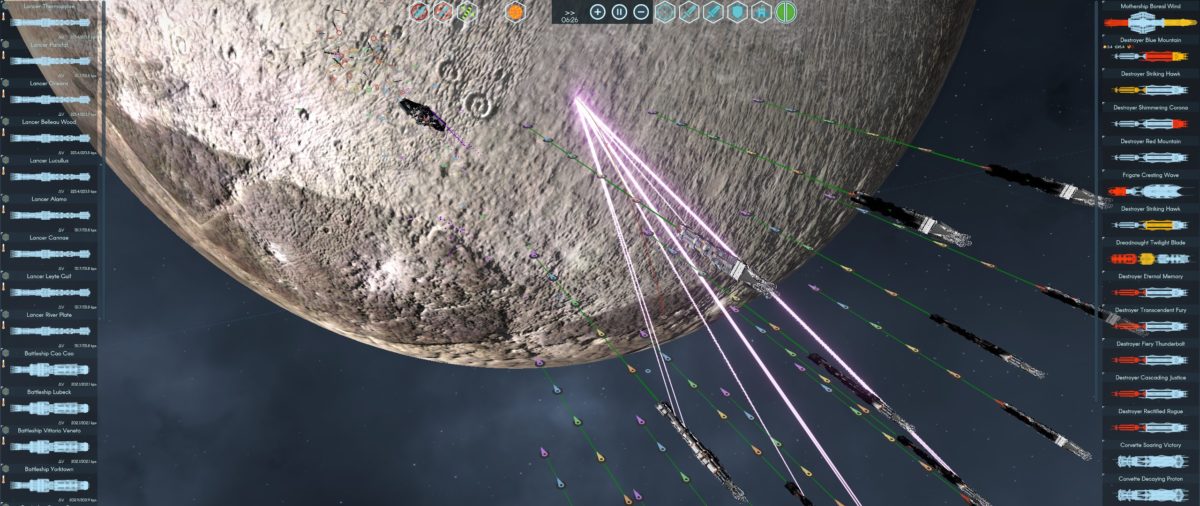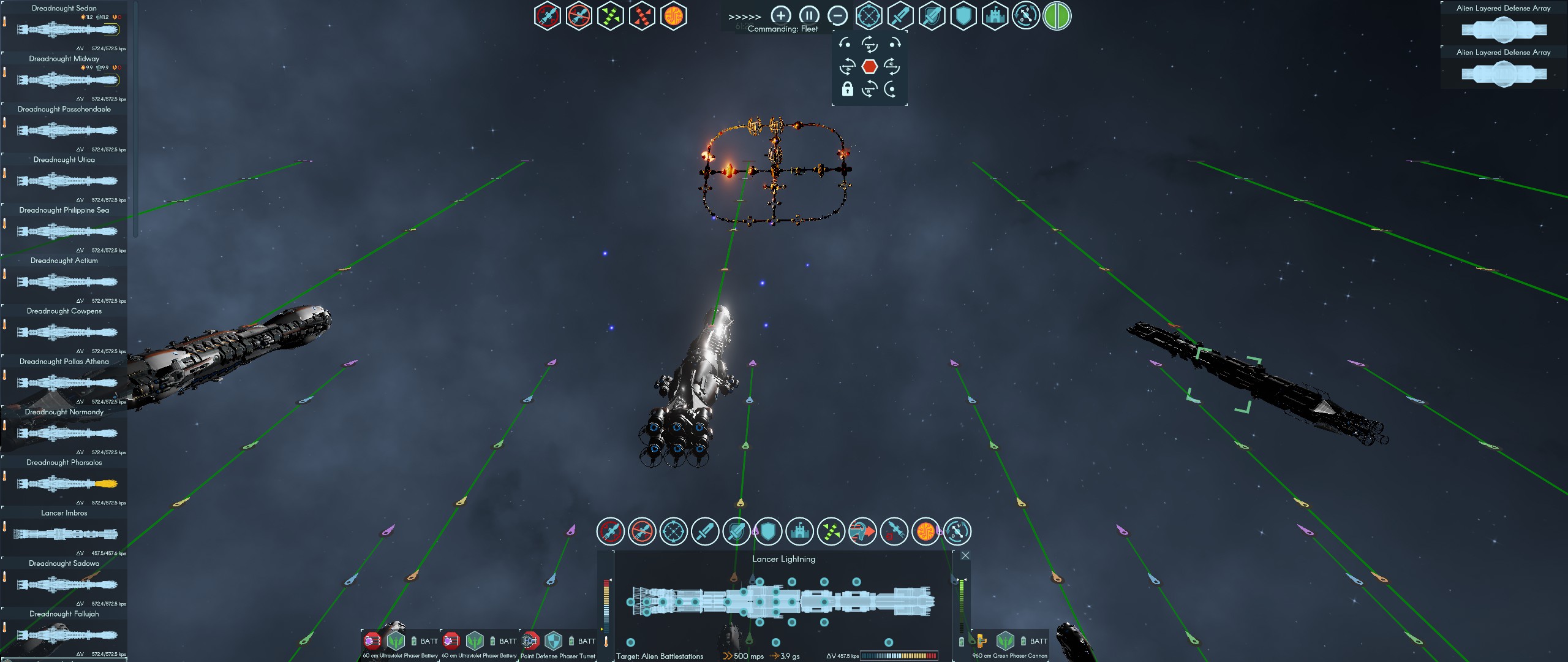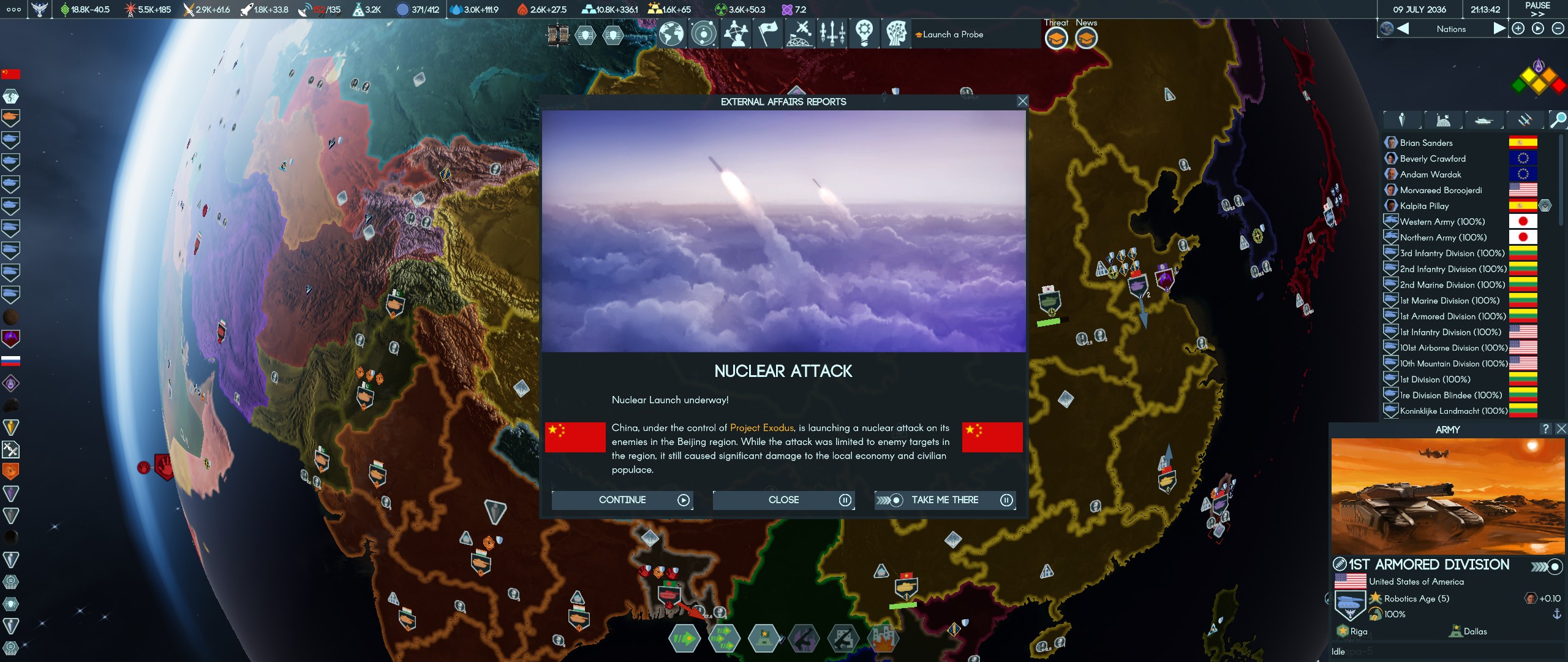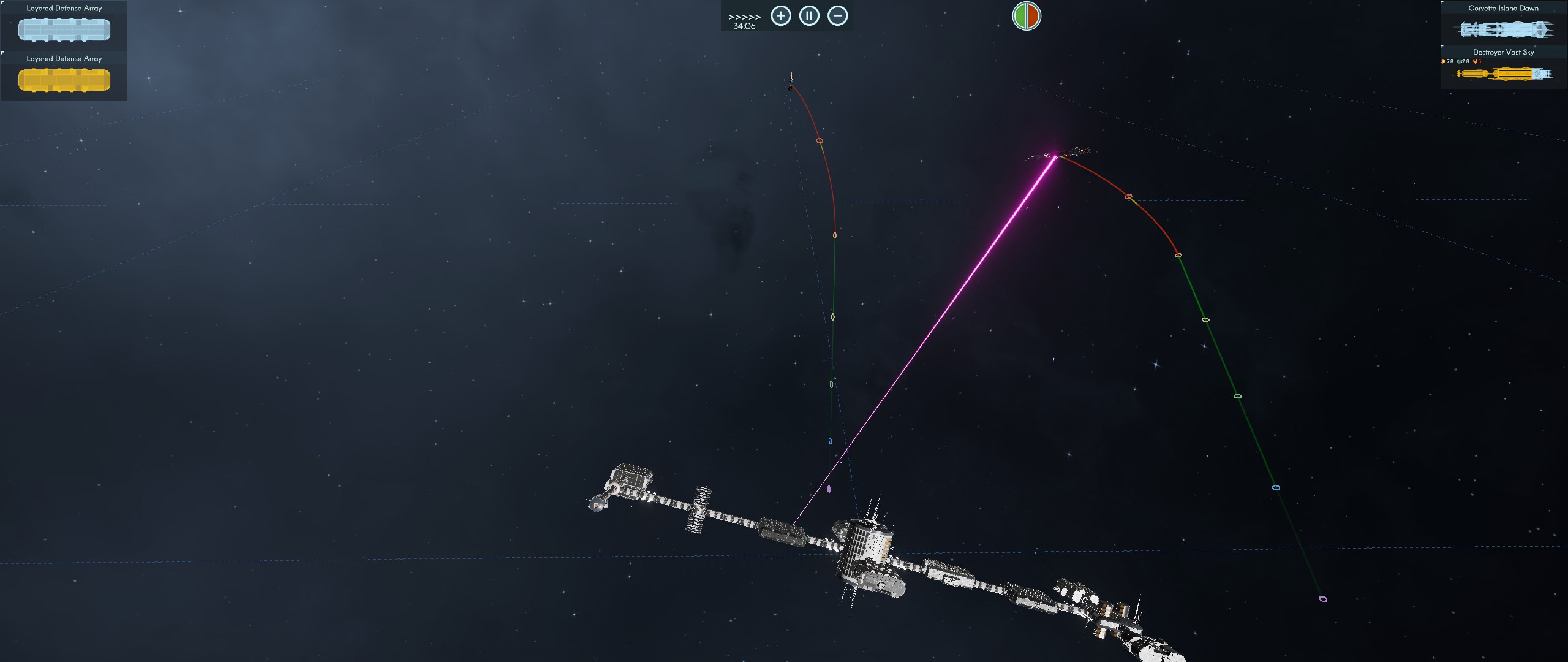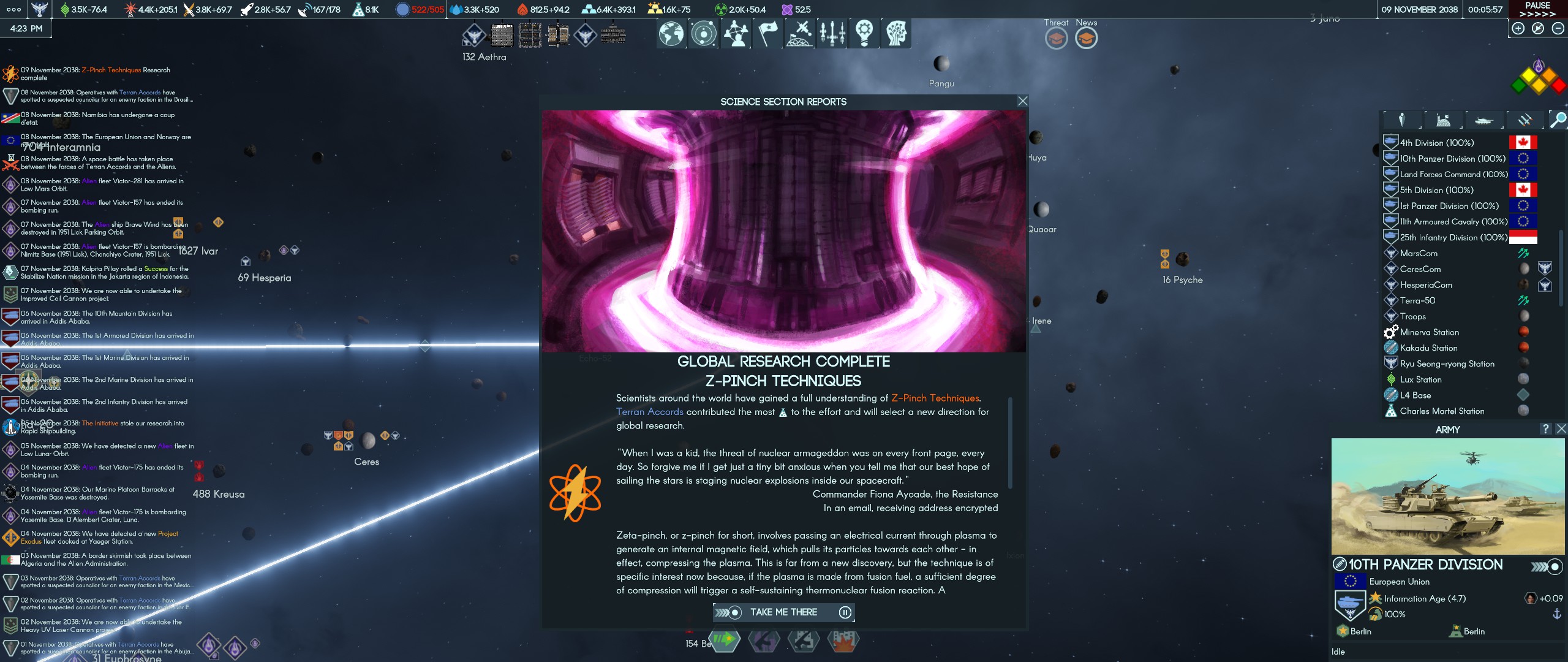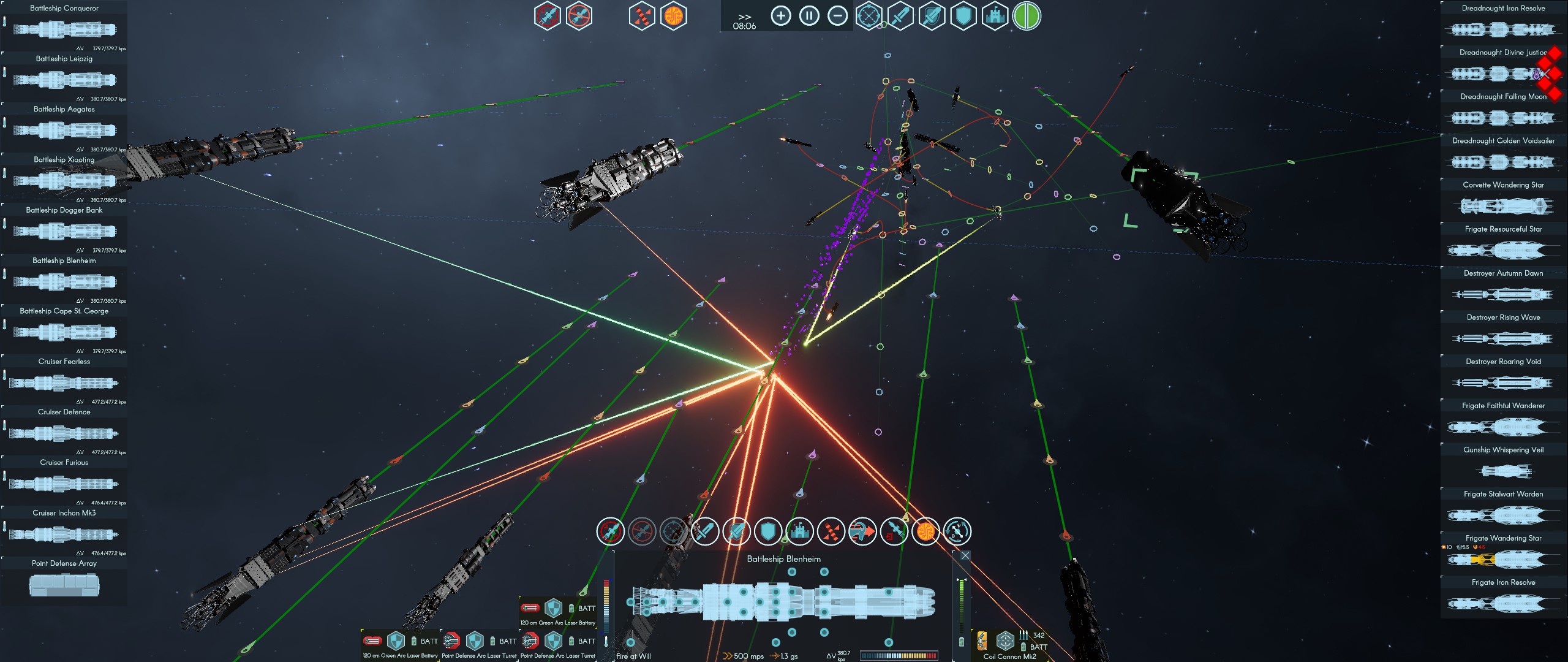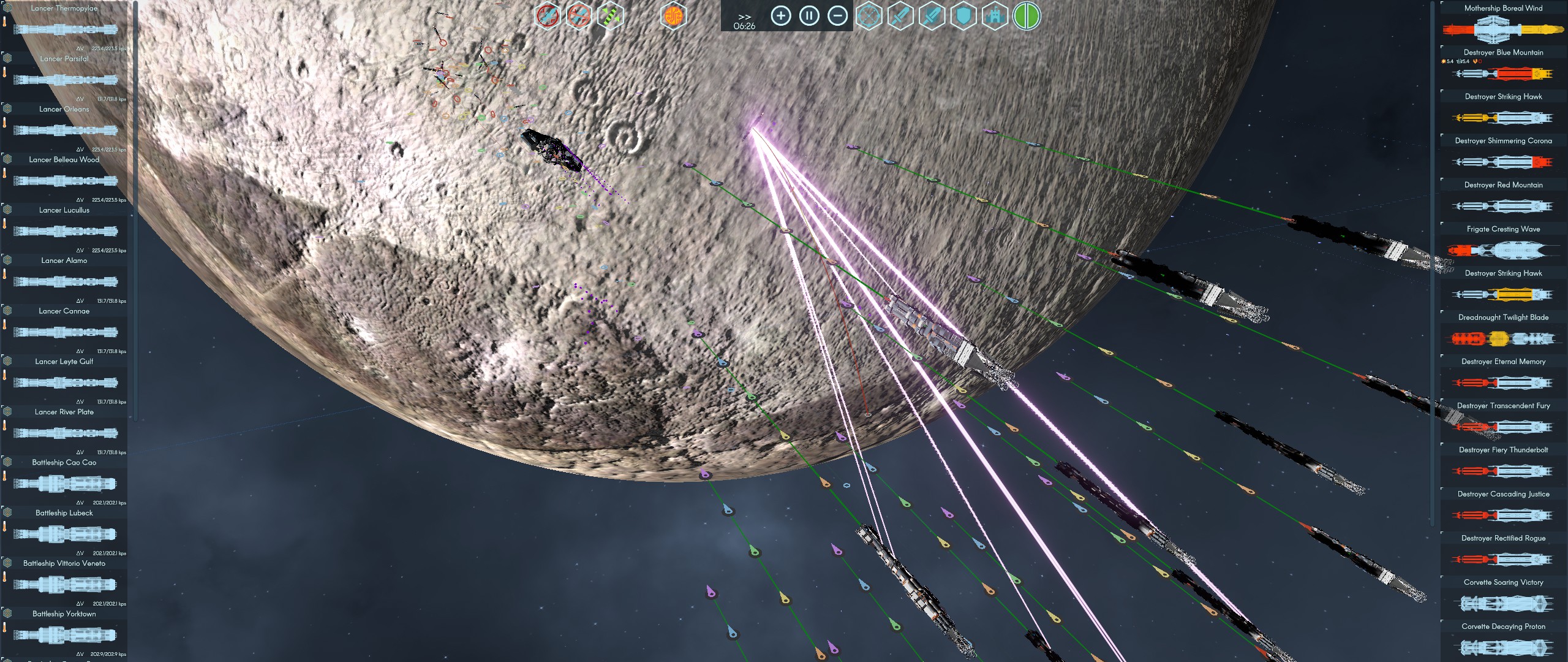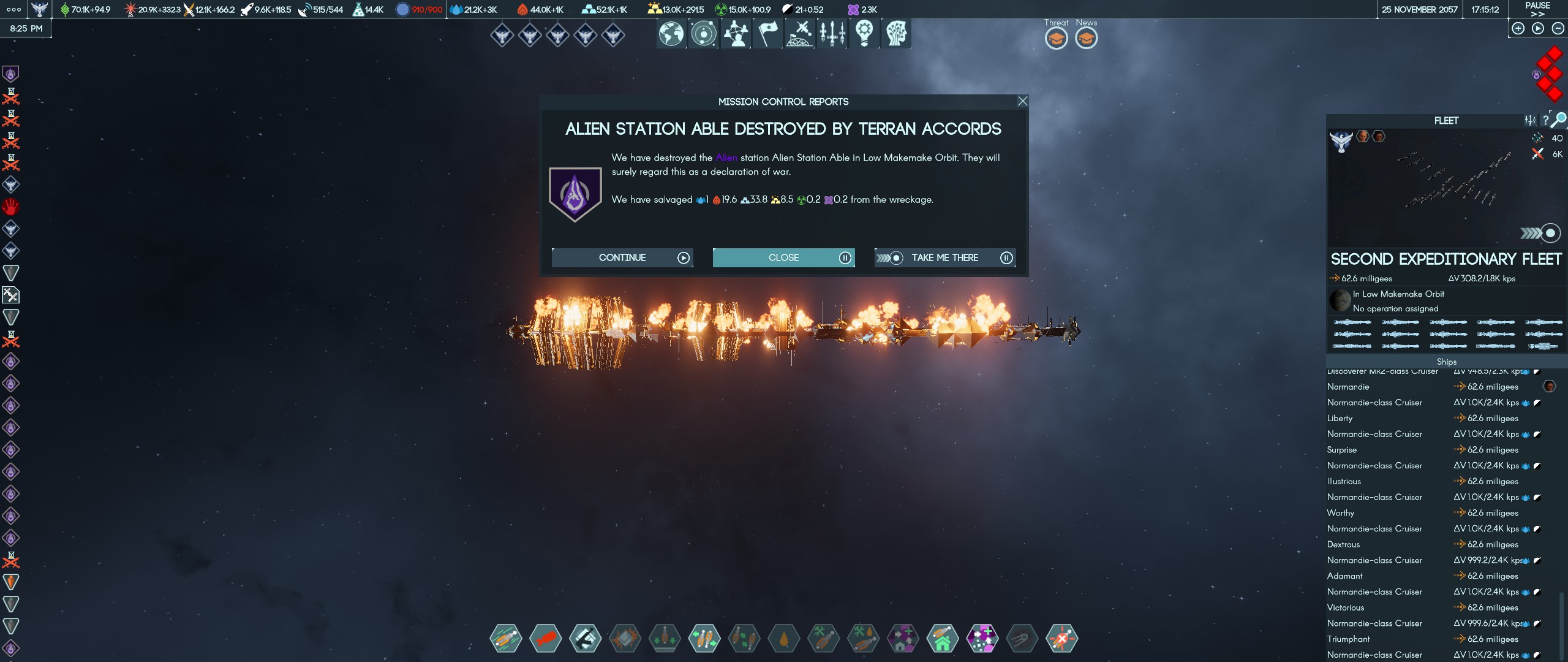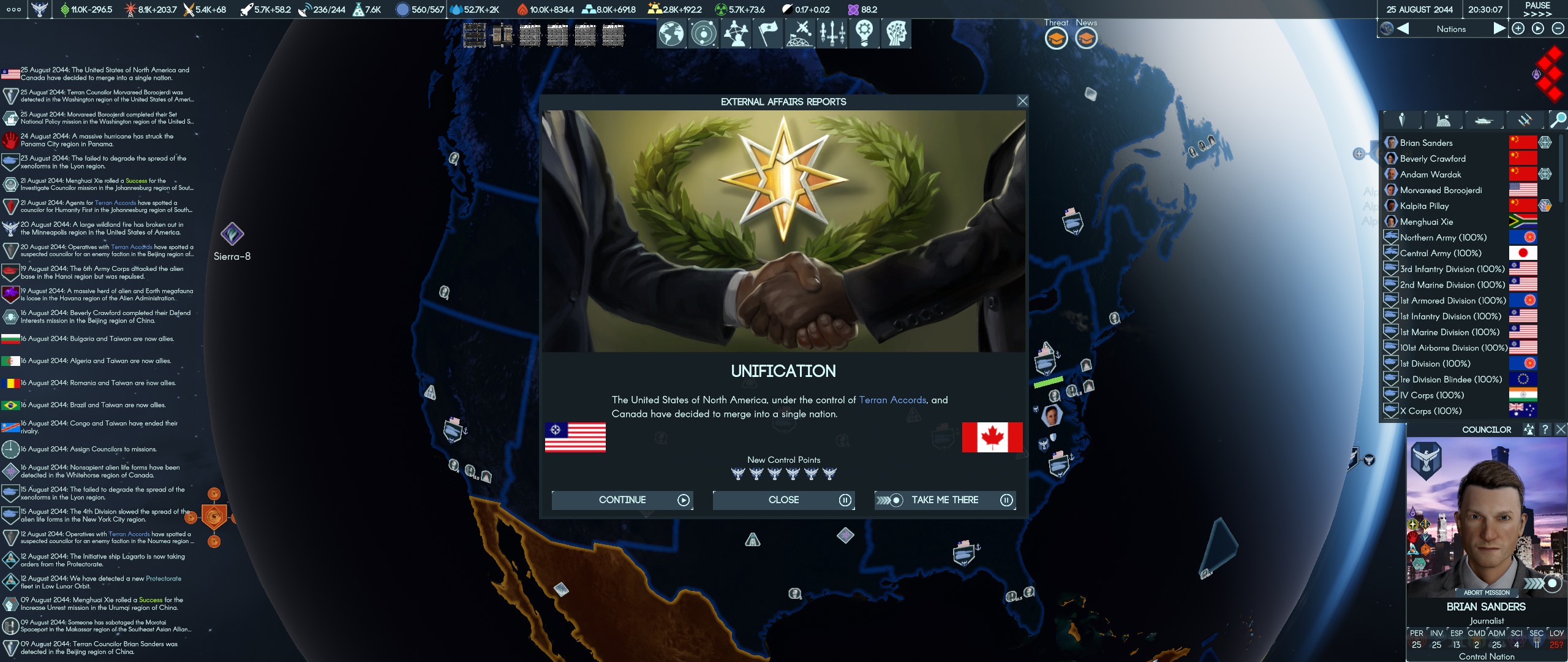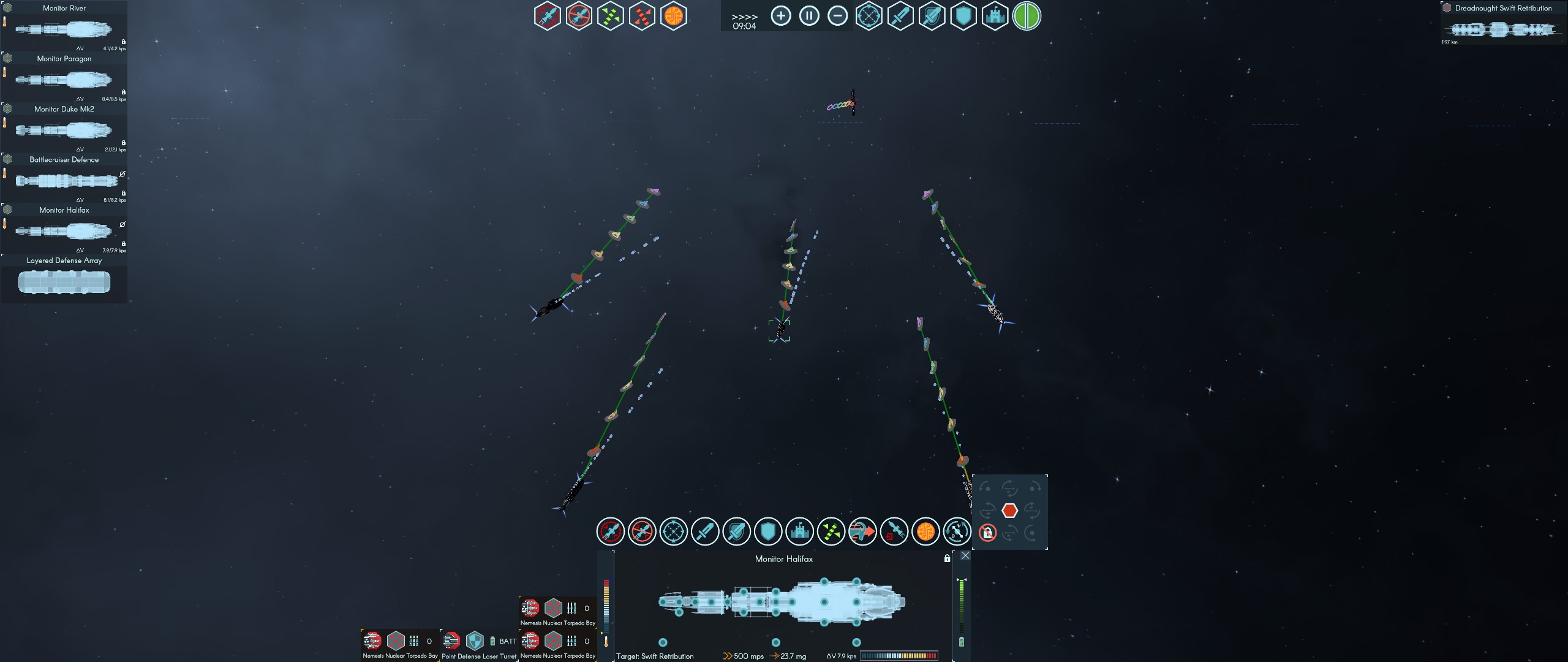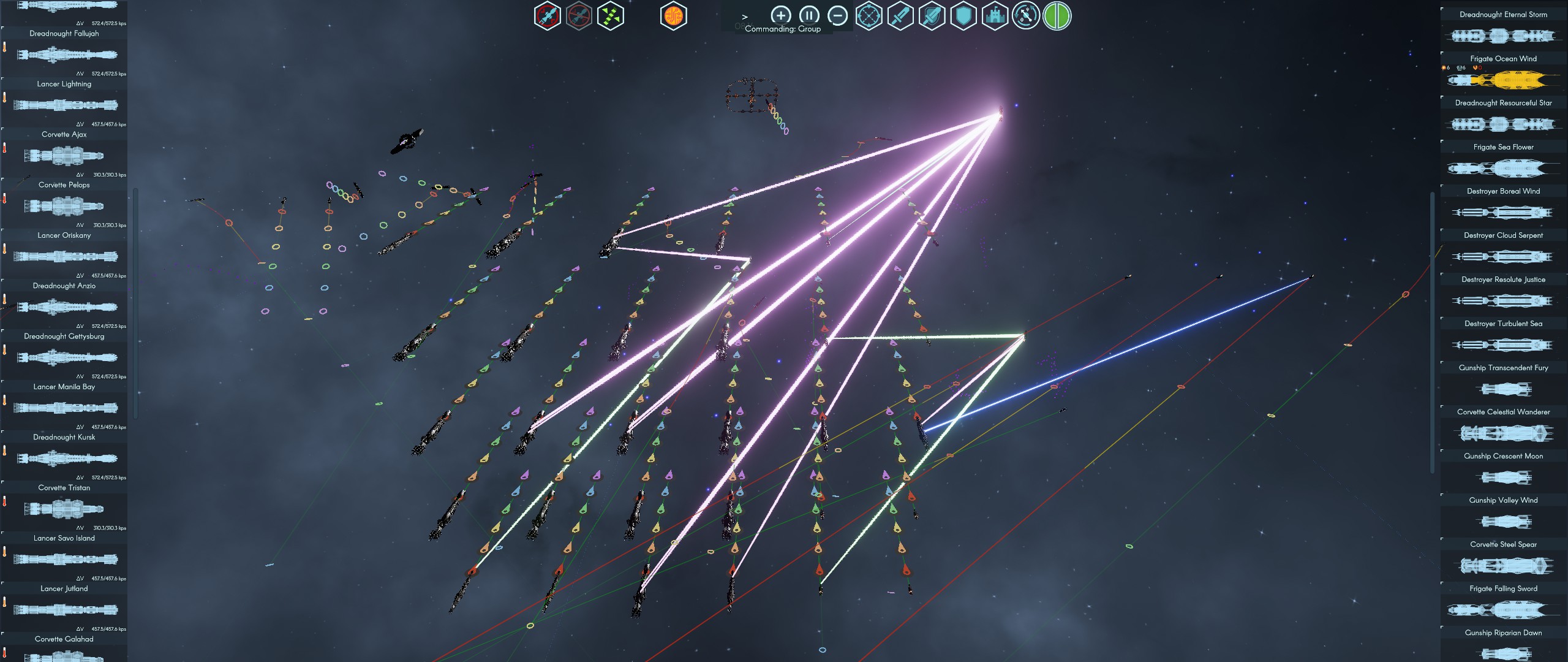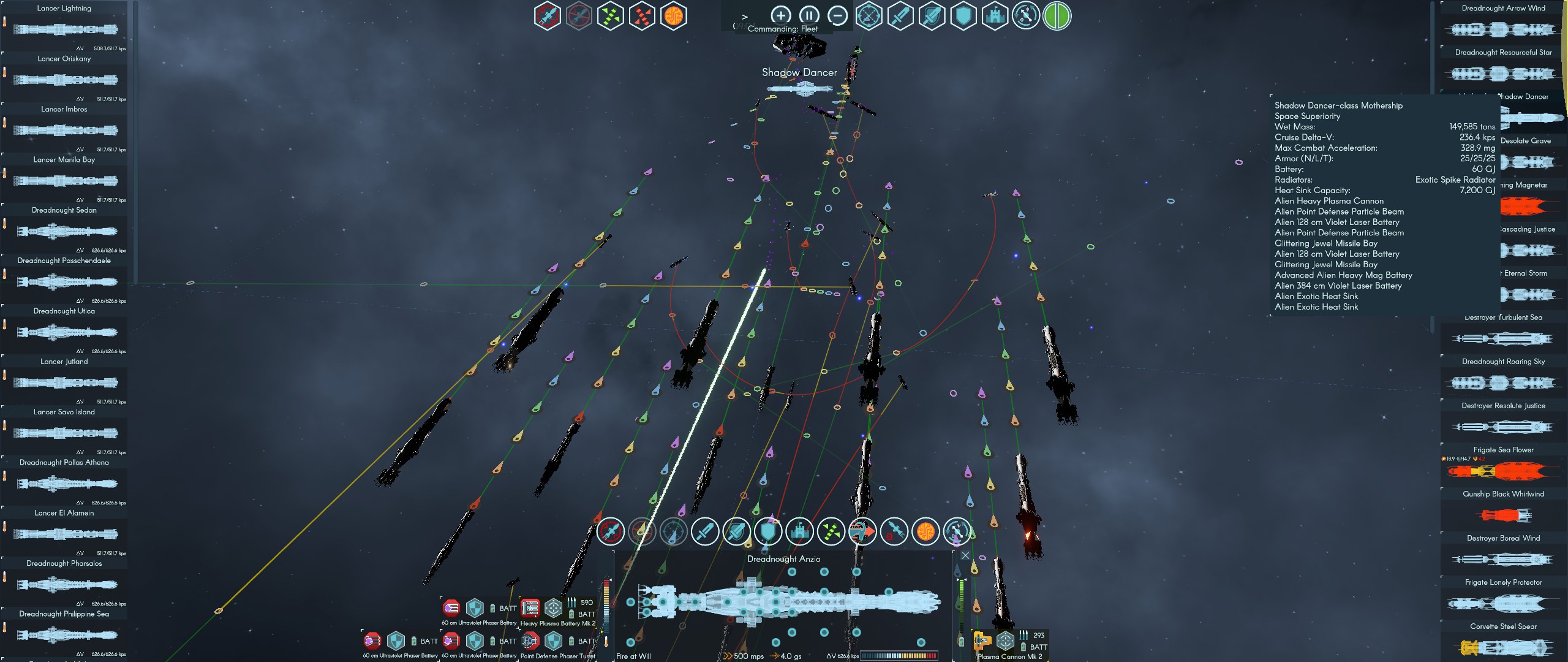Terra Invicta is the game I’ve wanted for years. Currently in Early Access, it is a hard science fiction exploration of first contact with aliens, humanity’s response, and our subsequent expansion into the Solar System. It will not be to everyone’s taste. I find it remarkable, and I think it’s worth a look if you, like me, are its target audience.
Enjoying the site? Subscribe via email below.
At its heart, TI will appeal to players who:
- Enjoy complex, simulationist strategy games, such as grand strategy games
- Are interested in real-world and near-future space travel
- Don’t mind ambitious, slow-burning, and occasionally rough games
I could best describe TI as two games in one — the first on Earth and the second in space. On Earth, humanity has split into seven factions, each advocating a different response to the aliens — from resistance through to an alien-worshipping doomsday cult. As the leader of one faction, you send out agents to rally countries to your cause, mobilise their resources, and build up their space programs. In space, you develop bases on other planets, moons, and asteroids, mine them for resources, and build stations and spacecraft.
What links the two layers is the economy. Lofting resources and equipment from Earth to space costs “Boost”, an abstraction of your supporting countries’ space launch capabilities. Building directly in space saves on Boost, but requires offworld mines to supply the necessary resources. Spacecraft and bases, especially large ones, need money and “Mission Control” to maintain; early on, these come from Earth.
How does this play out? Here’s an example, from early in my game. I chose France as my first country to recruit — it’s large enough to contribute to the cause, small enough to be achievable at the start, and home to the Guiana Space Centre. Countries with space programs or launch sites in real life begin with Boost in-game 1:
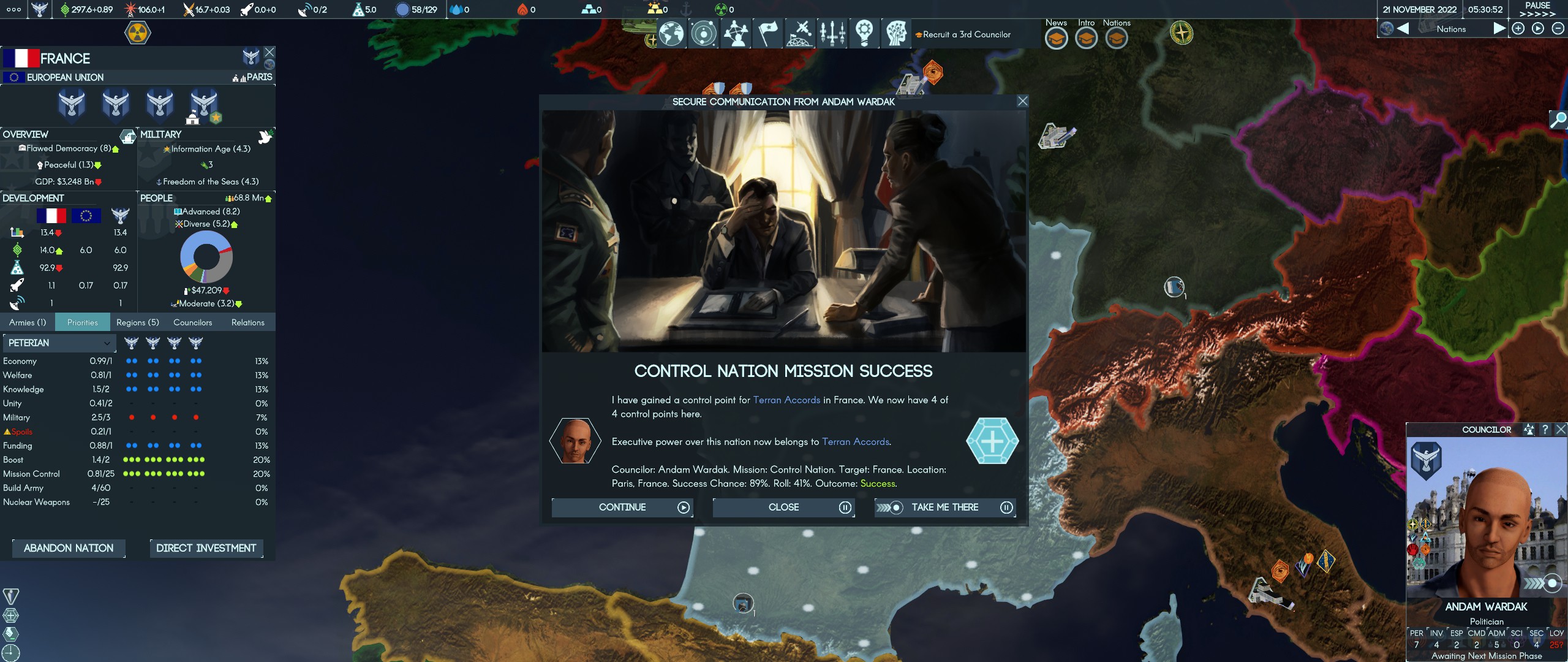
From there, I moved into Canada, the Czech Republic, and the US. Offworld, I began with a mining base on the moon, which supplied water and ores. I then used those resources to start mining Mars:
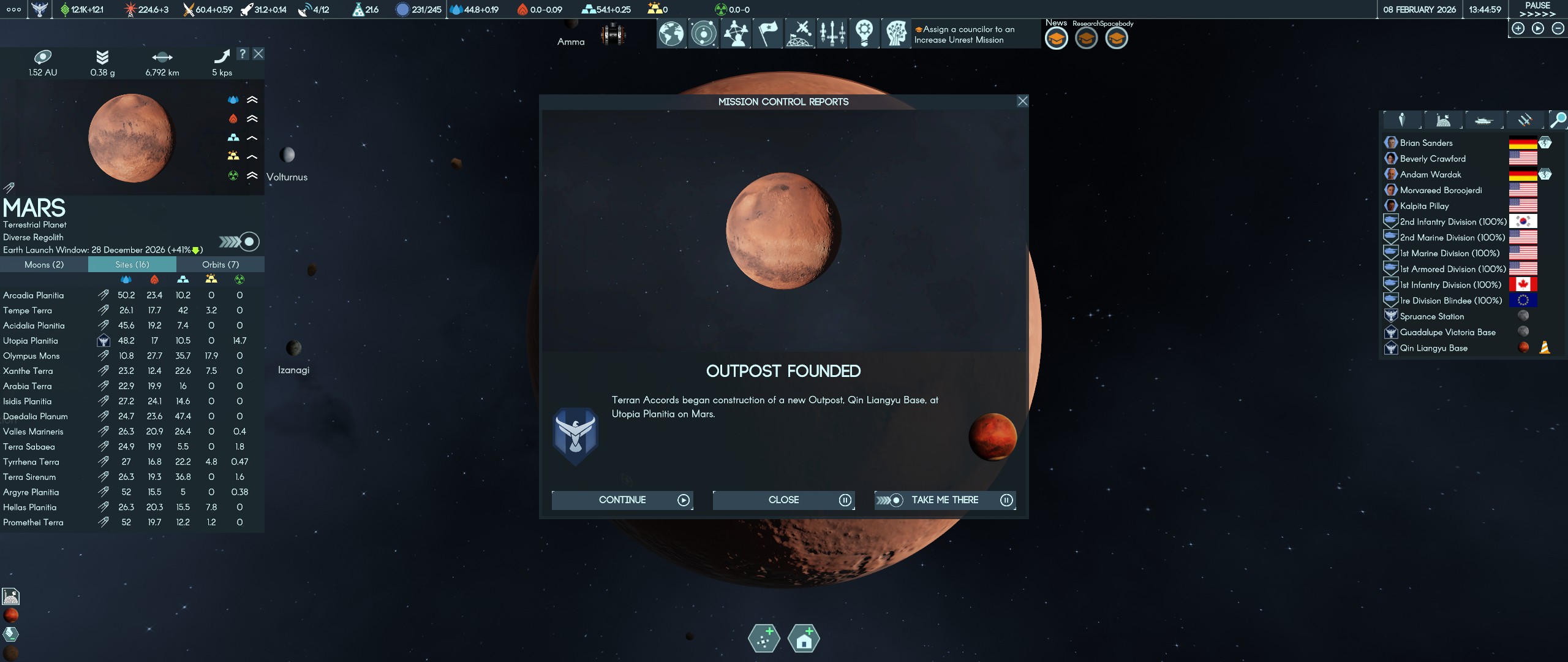
Now, the year is 2031. I’m ahead on Earth. In space, I plan to use Mercury’s abundant solar energy to fuel command centres and nano-factories2, while mines on Mars and Ceres feed the eventual shipyards.
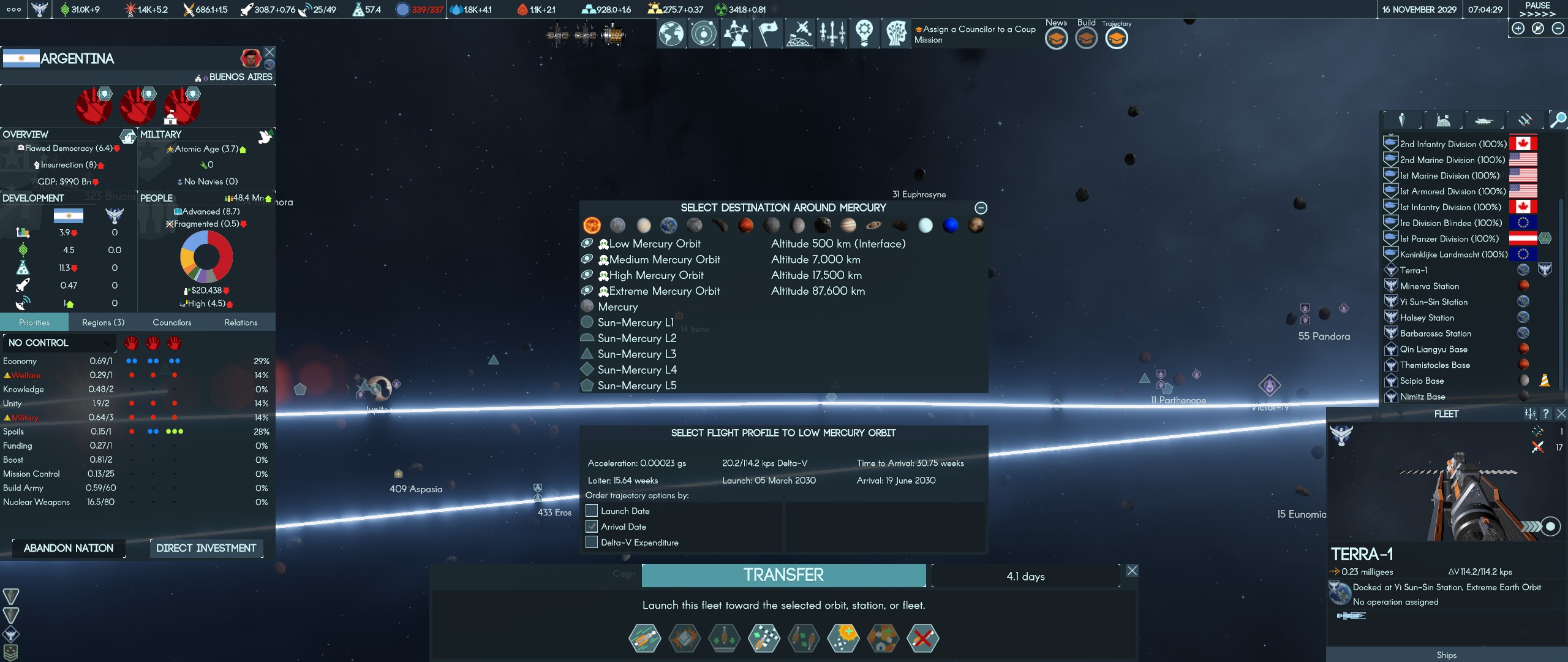
The missing part is space technology. My early spacecraft are good enough to putter around Earth or Mars orbit and bully the other human factions. They are nowhere near good enough to challenge the aliens.
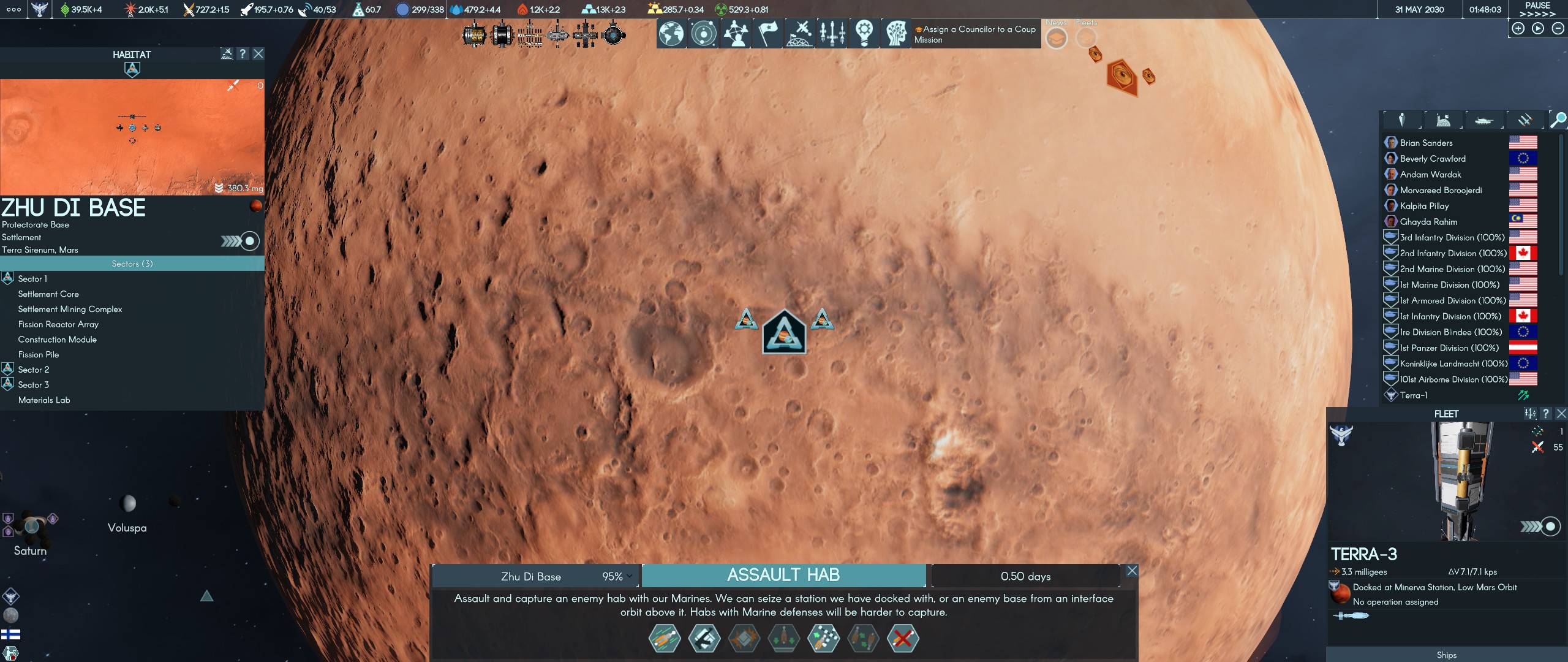
As this suggests, TI is a slow burn:
- In-game, long lead times make it necessary to plan ahead. Just starting a Mars base, for example, takes about a year of in-game travel time with early tech.
- Out of game, it’s taken me about a week to reach this point — and I suspect I’m only in the midgame. I could probably have finished a shorter 4X game in that time.
It’s also large and complex. There are hundreds of individual locations in the game — regions on Earth and celestial bodies in space. There are many sub-systems: the Earth and space economies, cloak-and-dagger conflict and outright wars on Earth, spacecraft design, research, and more. The tech tree is really a forest. At a design level, this will appeal to some players more than others.
Moving from design to execution, some of TI’s issues are what I’d expect from an Early Access game, such as buggy tooltips and values that need to be tweaked. I’m not worried about these. The developers have already started fine-tuning the game based on player experience; for example, it’s now tougher to subvert space stations.
I think the biggest area for improvement is the way the game presents information. The worst culprit is research. Here is an example:
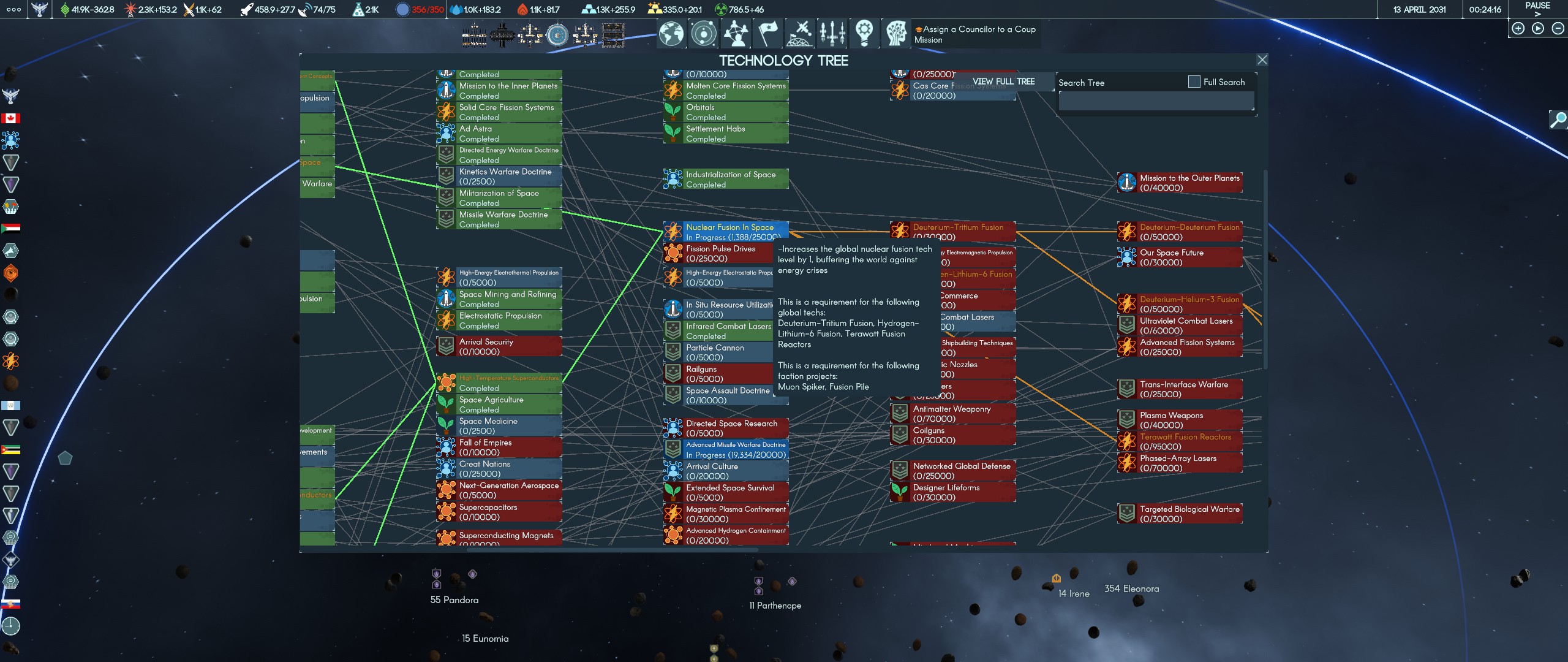
In this case, I can see that researching “Nuclear Fusion in Space” will allow me to develop muon spikers and fusion piles. But is that a good idea, or not? What are their advantages? What do they even do? Will it help me reach my goal of developing better spacecraft drives? I have to look up out-of-game information — for example, this guide on Steam — to get a better idea. It would be much easier if I could check the details in advance.
Another example is simpler — it would be really helpful if in-game lists had some of the same features as real-life spreadsheets. Here is a list of all the space habitats (stations and planetary bases) I control. I can filter by location and faction control (in this case, me), but I’d love a way to sort it by resource production:
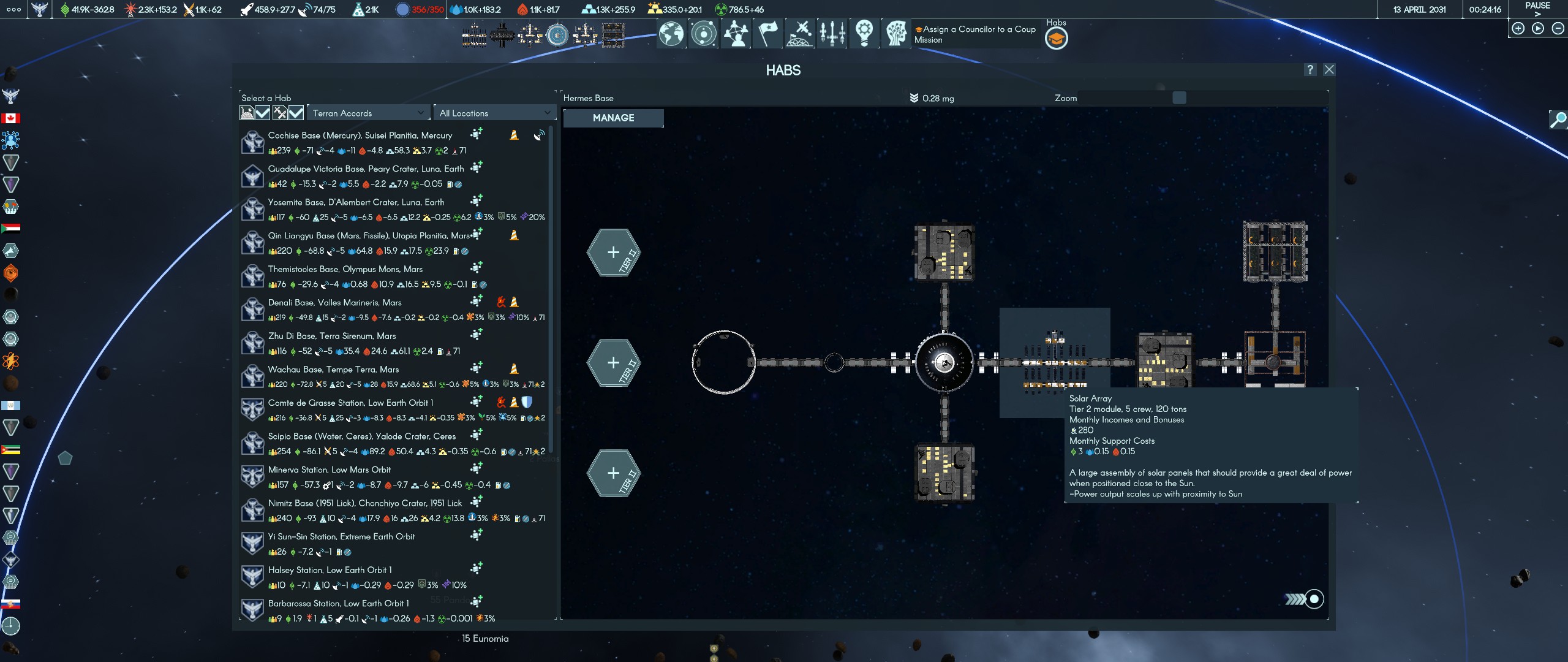
TI does let me sort the “Prospecting” screen. But I can’t filter it:
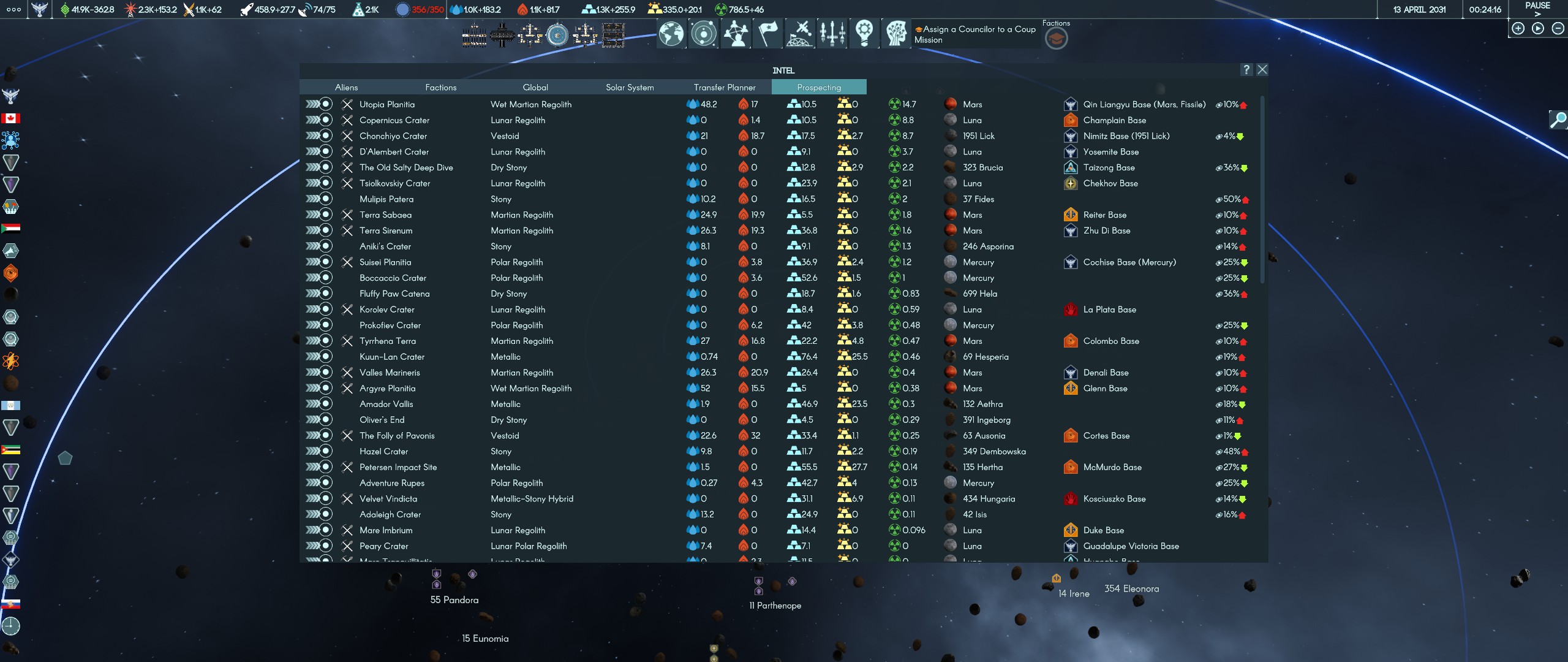
A final example is the events log — the vertical list of icons on the left-hand side of the screen. As is, it’s not very useful. The icons are cryptic and I have to mouse-over each one to bring up a tooltip in tiny font. As such, I think the developers have scope to improve the clarity of the game’s interface before a full release.
Ultimately, I think a decent litmus test of whether you’d enjoy Terra Invicta is whether you like similarly complex, ambitious games such as Shadow Empire, Dominions 5, or even X4: Foundations. I love its premise, I admire its uniqueness, and, even as is, I enjoy its execution. While it won’t be for everyone, it may well turn out to be one of my all-time strategy greats.
- For this reason, Kazakhstan, home to the Baikonur cosmodrome, is another popular starting country for players. ↩
- These generate, respectively, Misson Control and money, which are at a premium on Earth ↩

